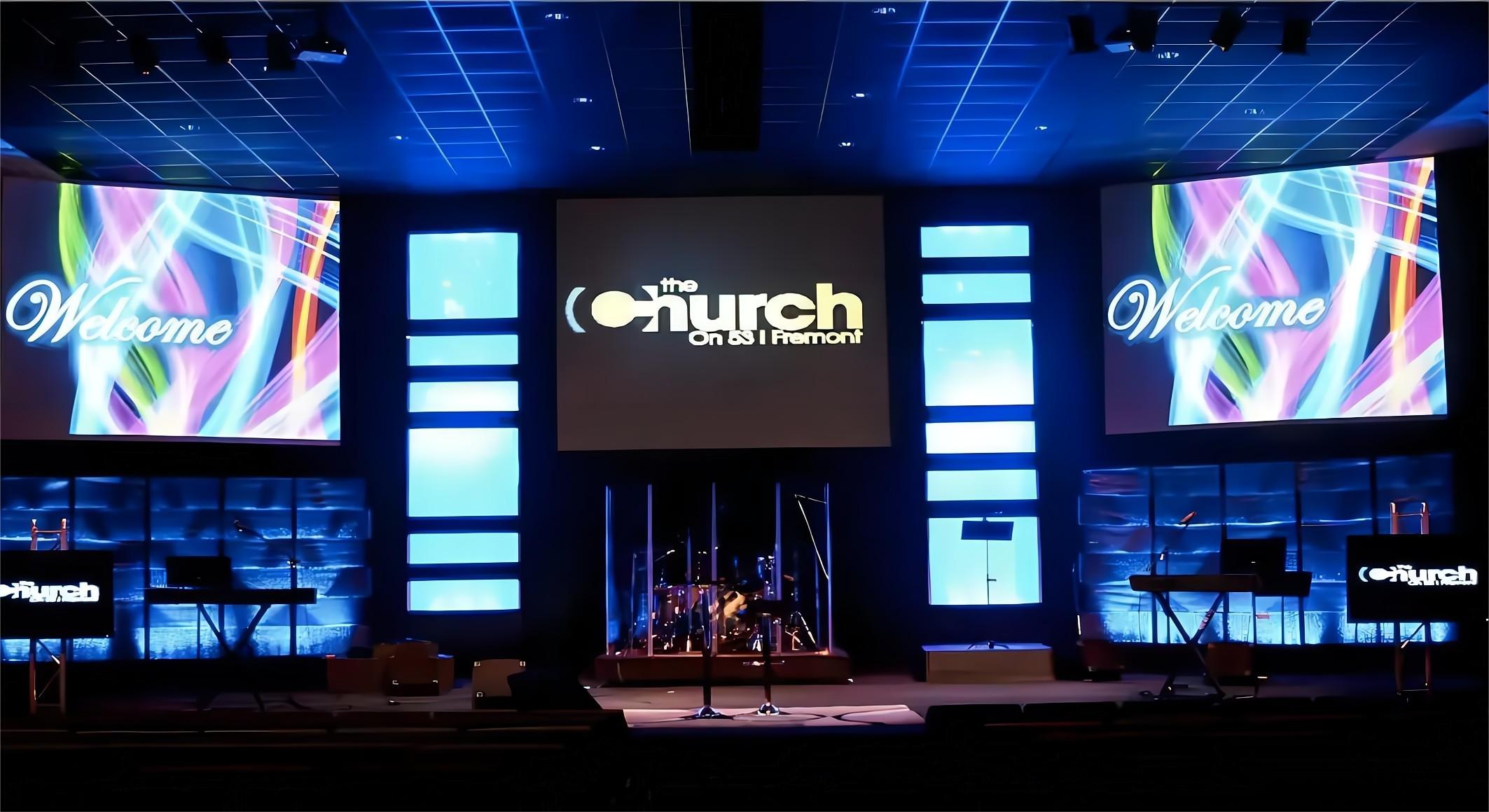In today's world,the demand for display screens has grown exponentially, catering to various industries and consumer needs. With this surge in demand, there is an increasing concern about environmental impact and sustainability. In response to these challenges, Light Emitting Diode LED display screens have emerged as a promising solution that combines cutting-edge technology with environmental consciousness.
One of the most notable environmental benefits of LED display screens is their low energy consumption. Compared to traditional display technologies, such as LCDs and plasma screens, LED displays consume far less energy, resulting in reduced greenhouse gas emissions and lower carbon footprints. LED technology operates on the principle of electroluminescence, wherein electrons release energy in the form of light when passing through semiconductors. This process requires significantly less power, making LED displays an eco-friendly choice for various applications, including billboards, indoor screens, and even televisions.
LED displays are renowned for their exceptional longevity. The average lifespan of an LED display is considerably longer than that of traditional display technologies. This extended lifespan not only reduces electronic waste but also contributes to resource conservation. The need for frequent replacements is minimized, leading to a more sustainable and cost-effective approach. As businesses and organizations adopt LED display screens for advertising and information dissemination, they indirectly contribute to the reduction of electronic waste, which is a growing concern worldwide.
Electronic waste poses a significant threat to the environment, as many electronic components are challenging to dispose of safely. The materials used in LED displays, however, are relatively easier to recycle. LED screens consist of several recyclable components, such as metals, glass, and plastics. As technology improves and awareness of electronic waste management grows, recycling facilities are better equipped to handle LED display components responsibly. This ensures that valuable resources are recovered and reused, reducing the burden on natural resources and lowering the impact on the environment.

The LED display industry is increasingly committed to sustainable development. As environmental concerns take center stage, manufacturers are making conscious efforts to reduce the ecological footprint of their products. This involves researching and implementing energy-efficient manufacturing processes, sourcing sustainable materials, and adhering to strict environmental standards. Additionally, companies are investing in research and development to create more efficient LED technologies, further reducing energy consumption and waste generation.
Furthermore, industry leaders are promoting the adoption of LED displays in sectors with high environmental impact, such as outdoor advertising. By encouraging businesses to switch from traditional advertising methods to LED displays, they contribute to energy conservation and a greener approach to marketing.
While the advantages of LED display screens in environmental protection are evident, the industry still faces certain challenges. One notable challenge is the responsible disposal of older display technologies. As LED displays continue to gain popularity, the proper recycling and disposal of outdated LCDs, plasma screens, and other electronic components become crucial. Encouraging consumers to recycle their electronic devices responsibly is essential in minimizing e-waste and maximizing resource recovery.
Another challenge is the continuous improvement of LED technology. While LED displays already boast impressive energy efficiency, the industry must strive to make them even more sustainable. This requires ongoing research and development to enhance energy efficiency, reduce the use of rare or toxic materials, and improve recyclability further.
In conclusion, LED display screens have emerged as a leading force in environmental protection efforts. Their low energy consumption, long life, and recyclability make them a green initiative with a positive impact on the environment. As the LED display industry moves towards sustainable development, the concerted efforts of manufacturers, consumers, and recycling facilities are essential in maximizing the ecological benefits of this cutting-edge technology. By embracing the advantages of LED displays and tackling the challenges ahead, we pave the way for a greener, more sustainable future.

3th Building,Gaosite Zone Pingshan
New District, Shenzhen

sevice88@kingaurora.com
3th Building,Gaosite Zone Pingshan
New District, Shenzhen